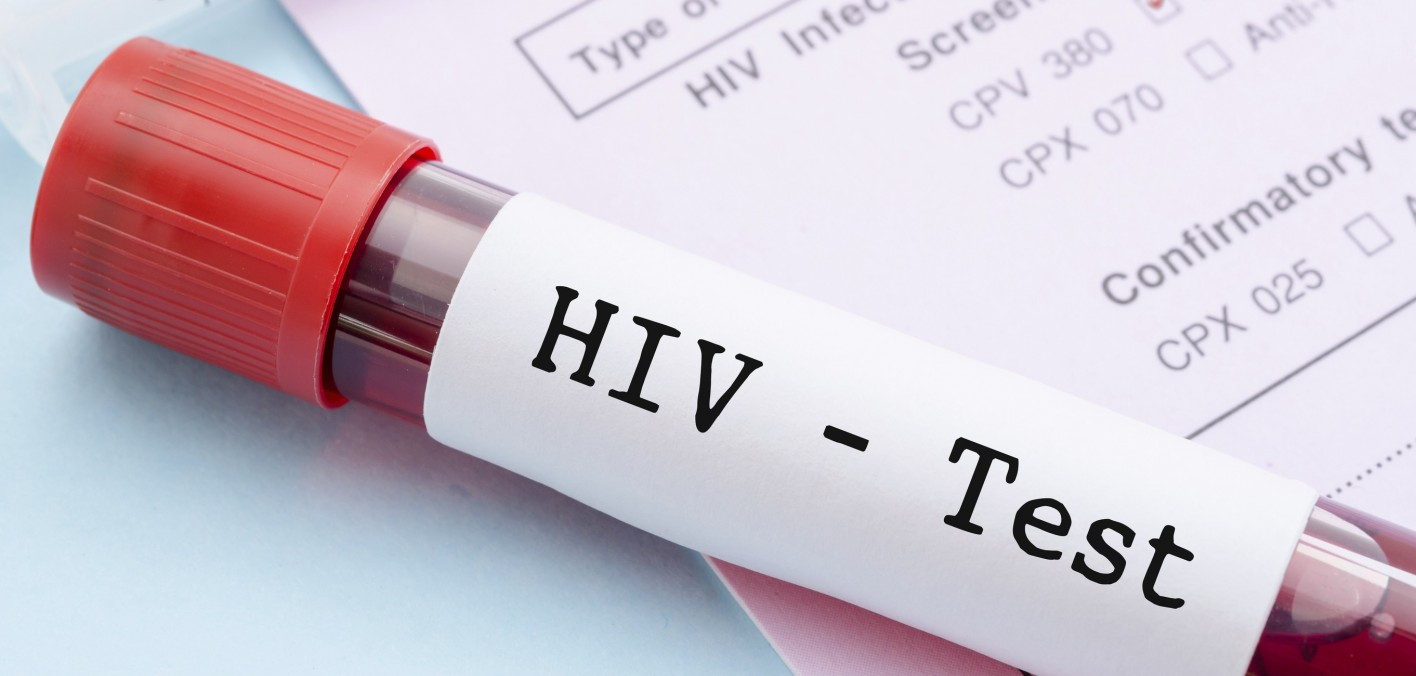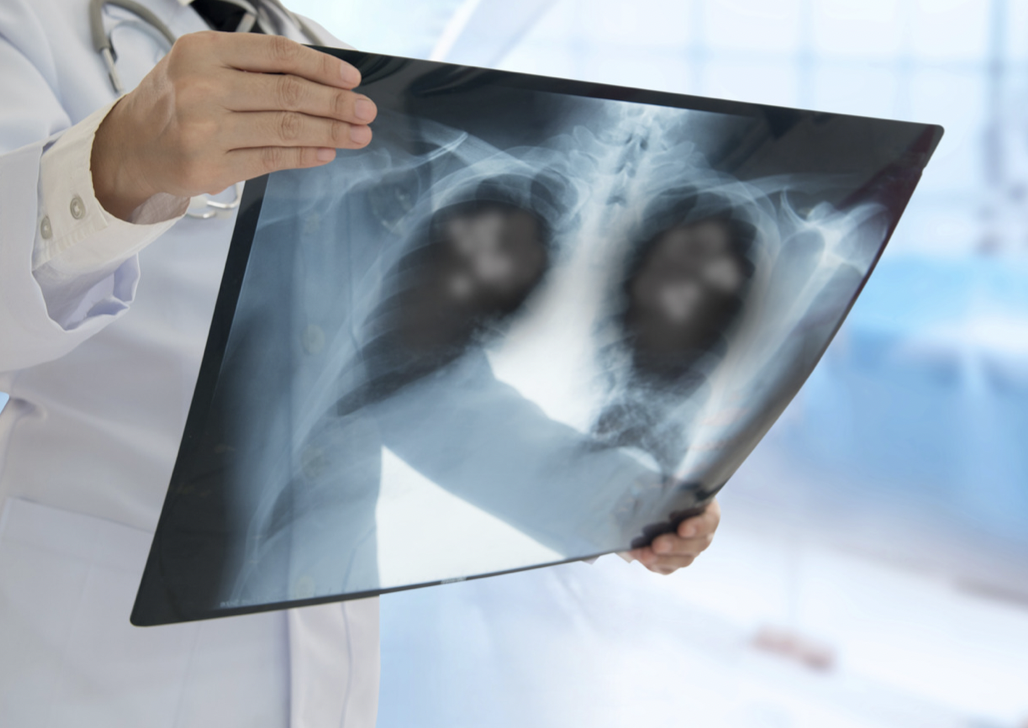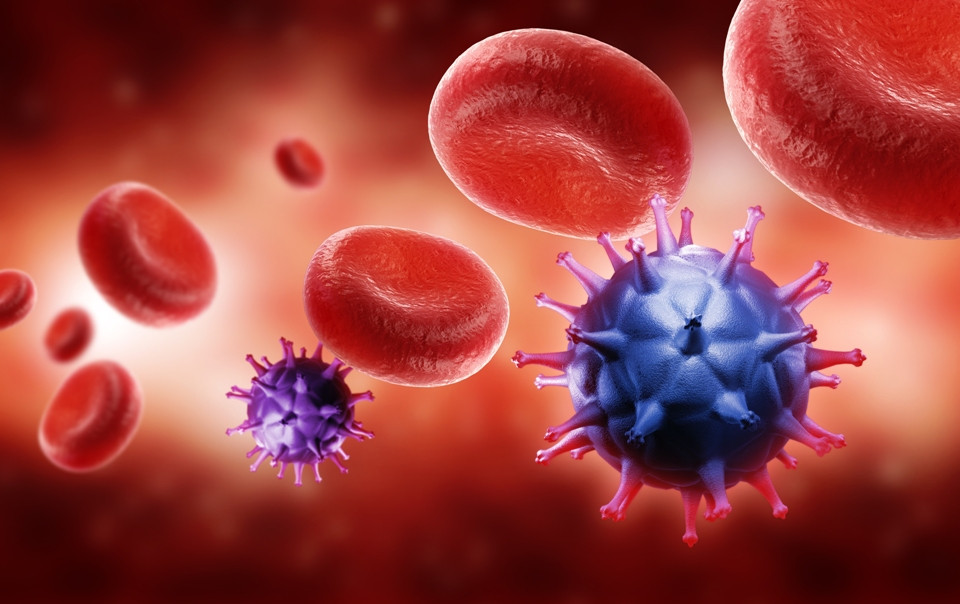Definition
Anti-HIV refers to antibodies that target the HIV virus (Human Immunodeficiency Virus). These antibodies are proteins generated by the immune system in response to an HIV infection. The HIV virus leads to AIDS (Acquired Immunodeficiency Syndrome), a condition that severely weakens the immune system. This decline compromises the body's ability to combat infections and other diseases.
The immune system takes approximately 6-12 weeks to produce detectable levels of antibodies following infection. As a result, these antibodies can only be identified through testing after this period or longer, depending on an individual's health condition. HIV antibodies can be found in blood, saliva, or urine and are detected through HIV antibody tests. These tests are typically conducted to screen individuals at risk of HIV infection but cannot identify the virus itself or measure its quantity. Additionally, these tests are ineffective in the early stages of infection. Performing the test prematurely will not yield accurate results, as it fails to reflect the body's actual condition at that time.
According to data from WHO in 2020, approximately 37.7 million people worldwide were infected with HIV, with many cases remaining undiagnosed. This underdiagnosis increases the potential for further HIV transmission. Moreover, HIV-related complications caused around 680,000 deaths in the same year. HIV can infect both adults and children, particularly those with risk factors such as shared needle use, unprotected sexual activities, or being born to an HIV-infected mother. Early detection of HIV status is crucial, as it enables timely therapy, reduces the risk of complications, and prevents the spread of the virus.
Indications
This test may be conducted under specific conditions and for certain purposes, including:
- Presence of symptoms suggestive of HIV infection, such as fever, fatigue, swollen lymph nodes, diarrhea, unexplained weight loss, oral fungal infections, shingles, or lung infections like pneumonia.
- Screening individuals with high-risk factors for HIV, such as engaging in same-sex sexual relationships, having multiple sexual partners, sharing needles for drug use, a history of sexually transmitted infections, or being a child born to an HIV-infected mother. This also includes pregnant women and individuals with HIV-positive sexual partners.
- Confirming a diagnosis of HIV infection.
Contraindications
There are no specific medical conditions that prohibit this test from being performed.
Preparation Before the Test
No special preparation is required for this test. However, it is important to inform the doctor about your symptoms, sexual history, drug use, occupational exposure, and any history of sexually transmitted infections. This information helps the doctor interpret the test results more accurately and decide if additional tests are necessary.
Test Procedure
The test involves collecting a blood sample from a vein.
- The healthcare provider identifies a vein in the arm for the blood draw.
- A tourniquet is applied to the arm, and the patient is instructed to clench their fist.
- The skin at the puncture site is cleaned with an antiseptic solution, such as an alcohol swab.
- Once the site is dry, a needle is inserted into the vein to draw blood.
- The required volume of blood, typically 0.3 mL-0.5 mL, is collected into a syringe.
- The tourniquet is then removed, and the needle is withdrawn. The puncture site is pressed with an alcohol swab to prevent bleeding.
- The blood sample is sent to the laboratory for analysis using specialized equipment.
Normal and Abnormal Values
A negative anti-HIV test is considered normal, indicating that no detectable antibodies are present in the body or the antibody levels are too low to be identified. Conversely, a positive result is deemed abnormal, signifying the presence of antibodies resulting from HIV infection. However, additional tests are required for confirmation and accurate diagnosis.
Results and Suggestions (Further Testing)
Negative HIV test results can reflect one of two possible scenarios:
- You are not infected or exposed to the HIV virus, resulting in no detectable antibodies.
- You are infected with the HIV virus, but the test was conducted too early, and the antibodies have not yet formed or are present in insufficient quantities for detection. Antibody production requires a considerable amount of time, and early testing may yield a false-negative result.
If you have risk factors for HIV infection, your doctor may recommend repeating the anti-HIV test after several weeks or months. Alternatively, additional tests like complete blood tests, HIV antigen/antibody tests, HIV PCR ELISA, or NAT tests may be suggested to detect the genetic material of the HIV virus.
A positive anti-HIV test indicates the detection of HIV antibodies. To confirm this result, further tests such as HIV antigen/antibody tests, HIV NAT tests, viral load assessments, and complete blood tests are necessary. If these additional tests confirm HIV infection, it indicates progression to AIDS. The doctor will recommend antiviral therapy to manage the viral load. While HIV/AIDS has no cure, it can be controlled through medication. Effective viral control helps preserve immune system function. Routine medical consultations and consistent antiviral therapy are essential for long-term management.
Consult the Right Doctor
Abnormal results from an HIV antibody test require consultation with a general practitioner or an internist for further evaluation and appropriate care.
Interested in learning more about laboratory, radiology, and other test results? Click here!
- dr Vivian Keung
HIV Testing – Centers for Disease Control and Prevention. cdc.gov. (2022). Retrieved 22 July 2022, from https://www.cdc.gov/hiv/testing/index.html
HIV Testing: What You Need To Know – WebMD. (2022). Retrieved 22 July 2022, from https://www.webmd.com/hiv-aids/getting-an-hiv-test
HIV Screening Test – MedlinePlus (2021). Retrieved 22 July 2022, from https://medlineplus.gov/lab-tests/hiv-screening-test/
HIV Testing Overview – HIV.gov (2021). Retrieved 22 July 2022, from https://www.hiv.gov/hiv-basics/hiv-testing/learn-about-hiv-testing/hiv-testing-overview
HIV Antibody Test – Lousiana Departement of Health (2022). Retrieved 22 July 2022, from https://ldh.la.gov/page/1116
HIV-1 Antibody – University of Rochester Medical Center (2022). Retrieved 22 July 2022, from https://www.urmc.rochester.edu/encyclopedia/content.aspx?contenttypeid=167&contentid=hiv_1_antibody
HIV/AIDS – World Health Organization. Who.int. (2022). Retrieved 22 July 2022, from https://www.who.int/health-topics/hiv-aids#tab=tab_1
HIV/AIDS – MayoClinic. (2022). Retrieved 22 July 2022, from https://www.mayoclinic.org/diseases-conditions/hiv-aids/symptoms-causes/syc-20373524











